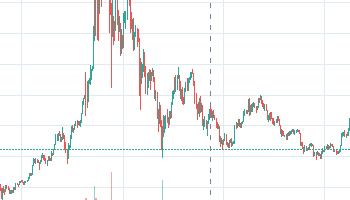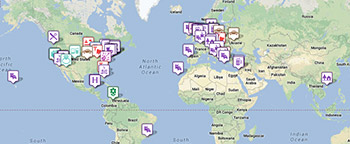Cryptocurrencies have made it into the mainstream over the last two years or so, with Bitcoin being the most prominent of the raft of cryptos out there. While there are many well documented uses for cryptocurrencies out there, one of the most popular is trading, which has drawn a huge amount of people to the scene. When it comes to trading in anything, whether it maybe via your City Index account to do CFD trading or even spread betting; you need to have a good strategy or two, otherwise you could end up losing out.
If you’re a beginner to crypto trading, it may be worthwhile to keep an open mind, trying out several different methods to see which works best for you, or which you prefer. There’s also the opportunity to run a couple alongside each other, to see which produces more favourable results.
Day Trading (Short Term)
Day trading involves a crypto trader buying assets but only holding them for a short period of time. This can range from seconds to minutes or to hours, but never for longer than a day. This method is beneficial as you’re constantly trading, generating profit regularly, while not running the risk of holding onto assets for too long and suffering the consequences of the value dropping.
Swing Trading
Swing trading is what you will find between day trading and trend trading. For some people, day trading is too short, but trend trading is too long. With the former taking place inside 24 hours and the latter ranging from weeks to months, swing traders will often hold onto an asset for a matter of days up to a few weeks. This allows them to take benefits from both short and long-term trading. As a swing trader too, it may result in somebody realising they’re better suited to day trading or trend trading.
Trend Trading (Long Term)
The opposite to day trading or short-term trading, long term trading involves holding onto an asset for a longer period. This usually involves the trader buying assets and then holding on to them until they turn a profit, or if that’s not looking likely, selling them to break even. This will often come down to how patient a trader is and how long is viable for them to wait for the market to shift.
Trading on the News
Trading on the news is great for traders who are quick to react to anything which may help to generate a profit. If, for example, a disaster strikes, this can force asset prices to plummet, making it an ideal time to not only buy, but to buy in bulk. A trader would then hold onto their assets until the price rises, turning a profit. While this is a great method and a popular one too, there’s also the risk that the price would never recover, meaning losses could occur.
There are many trading strategies out there, so it’s always a good idea to investigate and possibly try out a few, before committing to one for a long period of time. Having a strategy or strategies in place is crucial though as a trader because a scatter gun approach could have disastrous consequences.


 Updated every 10 minutes
Updated every 10 minutes


